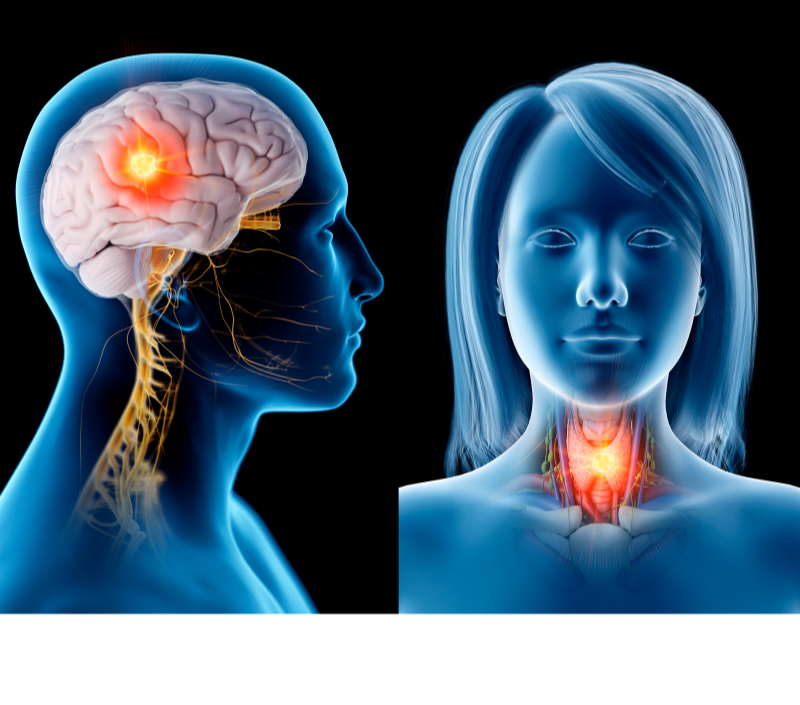Proton Therapy Delivers Patient Benefits in Phase III Oropharyngeal Trial Compared to IMRT
 A multi-institution Phase III trial led by researchers at The University of Texas MD Anderson Cancer Center reports that intensity modulated proton therapy (IMPT) achieved similar clinical outcomes and offered significant patient benefits when compared to traditional intensity modulated radiation therapy (IMRT) as part of chemoradiation treatment for patients with oropharyngeal (head and neck) cancer. The results were presented at the 2024 American Society of Clinical Oncology (ASCO) Annual Meeting by Steven Frank, MD, professor of Radiation Oncology and executive director of the Particle Therapy Institute at The University of Texas MD Anderson Cancer Center.
A multi-institution Phase III trial led by researchers at The University of Texas MD Anderson Cancer Center reports that intensity modulated proton therapy (IMPT) achieved similar clinical outcomes and offered significant patient benefits when compared to traditional intensity modulated radiation therapy (IMRT) as part of chemoradiation treatment for patients with oropharyngeal (head and neck) cancer. The results were presented at the 2024 American Society of Clinical Oncology (ASCO) Annual Meeting by Steven Frank, MD, professor of Radiation Oncology and executive director of the Particle Therapy Institute at The University of Texas MD Anderson Cancer Center.
With a median follow-up of three years, the progression-free survival (PFS) rate was 83% and 83.5% for IMPT and IMRT, respectively, and IMPT was statistically non-inferior to IMRT. There was a significant reduction of malnutrition with IMPT, with 24% of patients sustaining their nutrition with less than 5% weight loss during treatment compared with 14% of those receiving IMRT. Additionally, there was a significant reduction of feeding-tube dependence with IMPT at 28%, compared to 42% with IMRT.
“The results of this multi-center Phase III randomized trial provide evidence for IMPT as a new standard-of-care treatment approach for the management of head and neck tumors,” Frank said. “This is significant for patients as it represents a curative, de-intensified option compared to traditional radiation therapy.”
Proton therapy has both biological and physical advantages over traditional radiation therapy using photons. Unlike photons, protons have mass and can be stopped by the human body. This allows proton radiation to be delivered specifically to the targeted area, limiting the amount that reaches nearby normal tissues. This trial represents the largest randomized Phase III trial to date to investigate proton therapy in comparison to traditional radiation.
The trial enrolled 440 patients at 21 sites in the US, with 219 receiving IMRT and 221 receiving IMPT. Patients were stratified based on human papillomavirus (HPV) status, smoking status and whether they had received induction chemotherapy. The primary endpoint of the study was the PFS rate at three years.
“Historically, these kind of large-scale trials to confirm the benefits of proton therapy have been challenging, due in part to relatively few patients having access to proton therapy centers,” Frank said.” Encouraging results like these demonstrate the benefits of proton therapy and hopefully help pave the way for increased access for patients in need.”